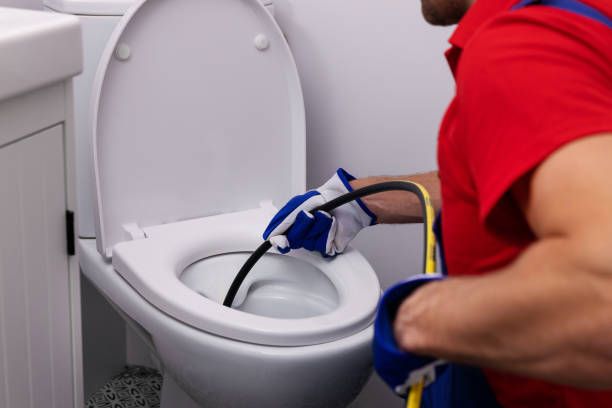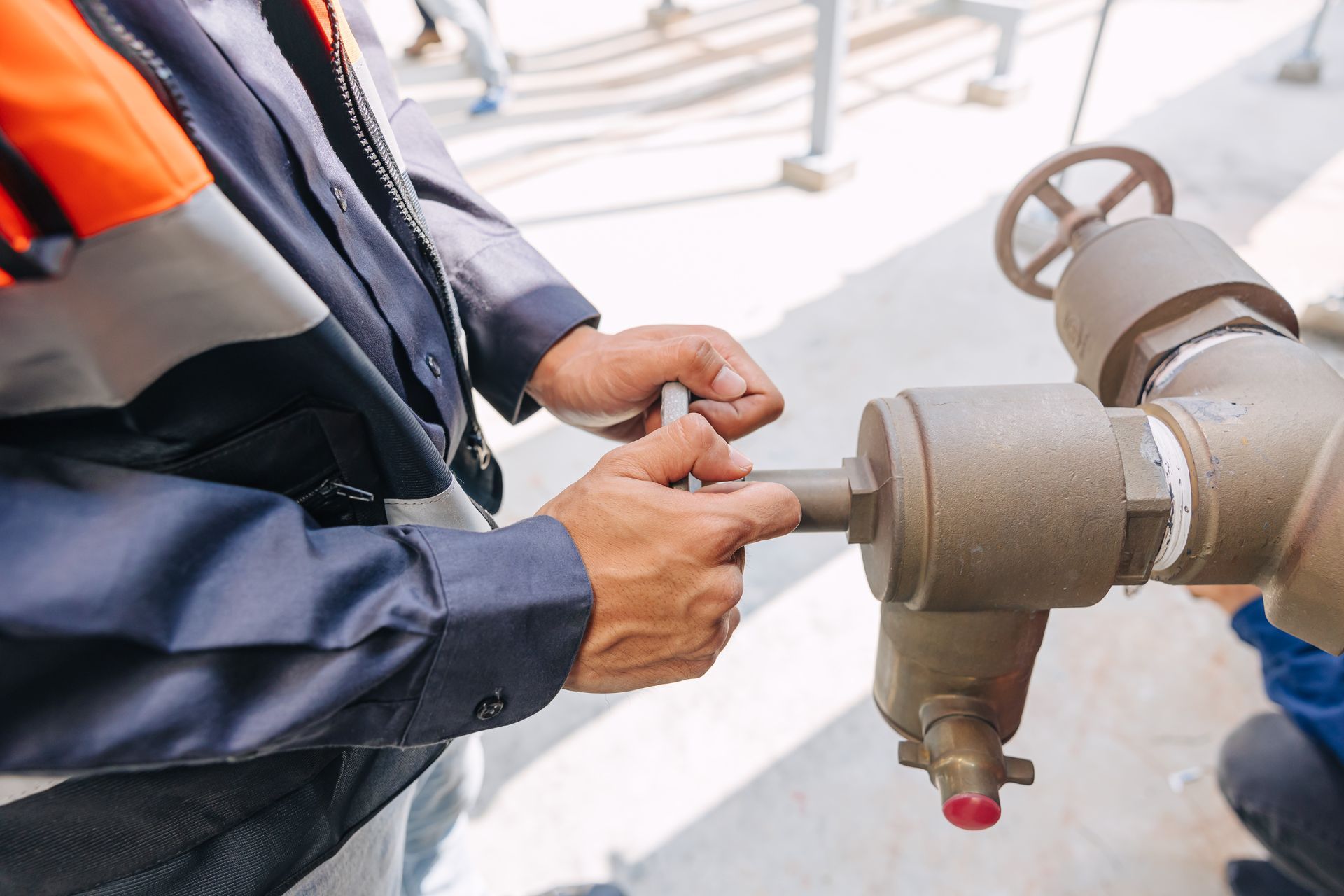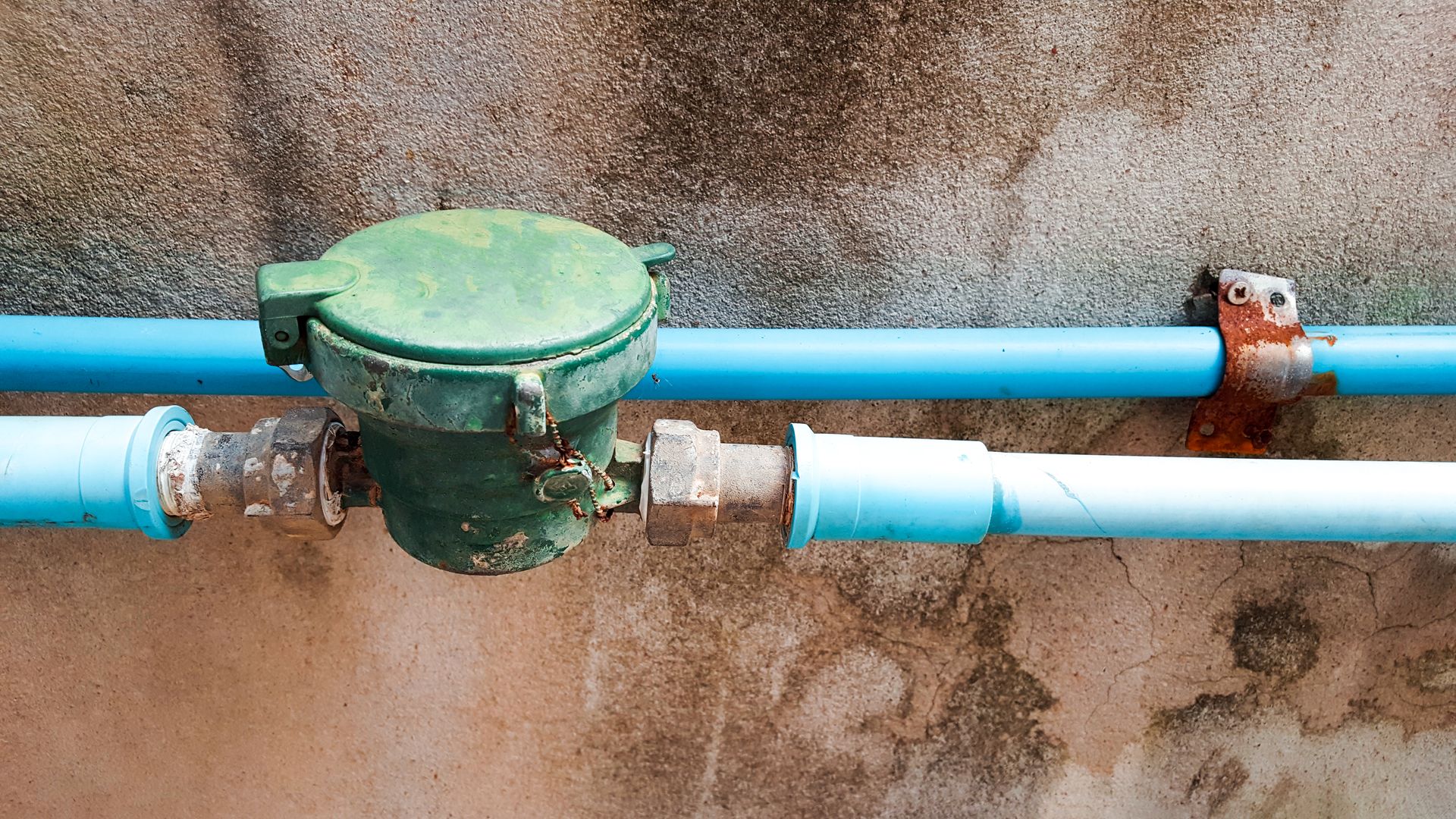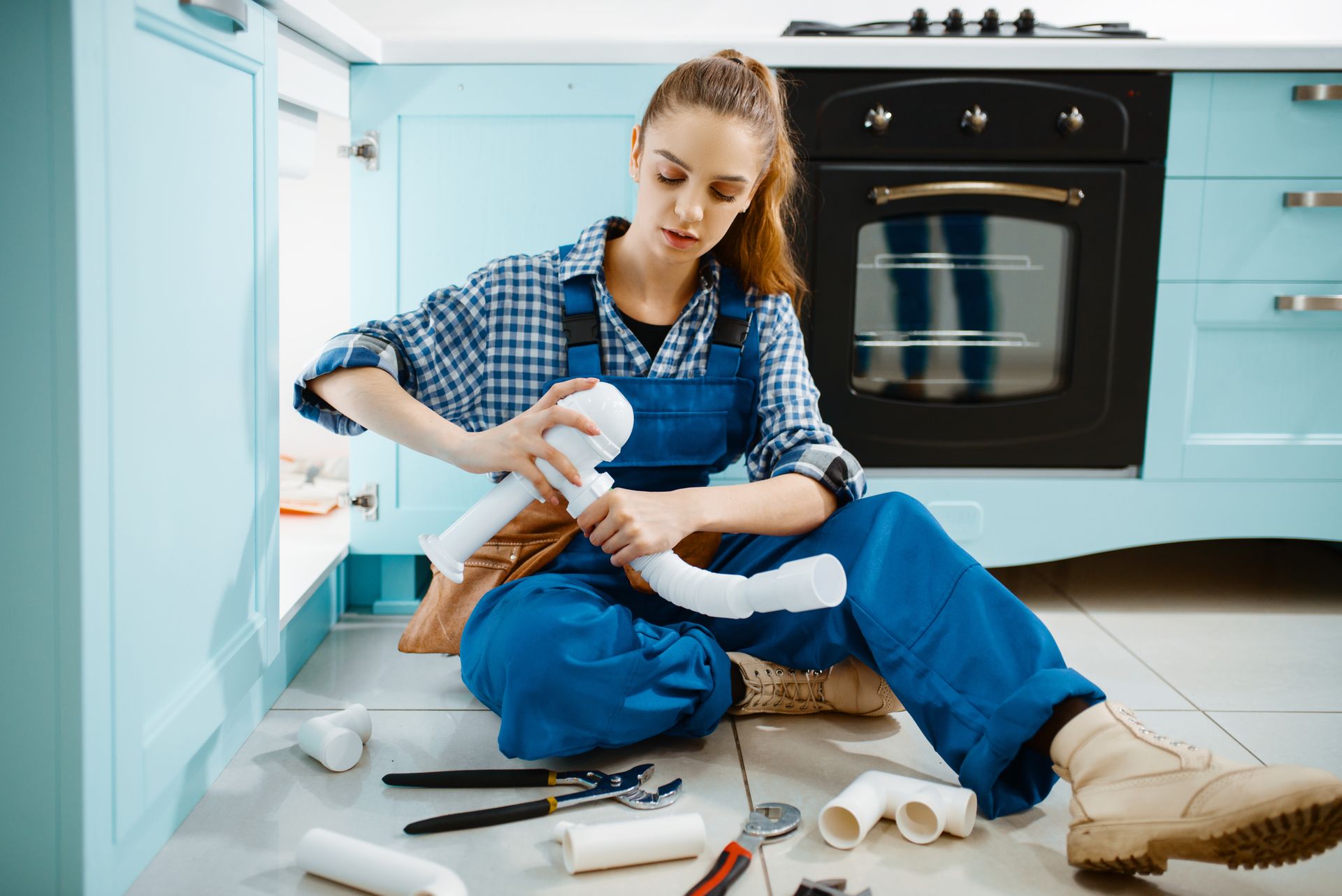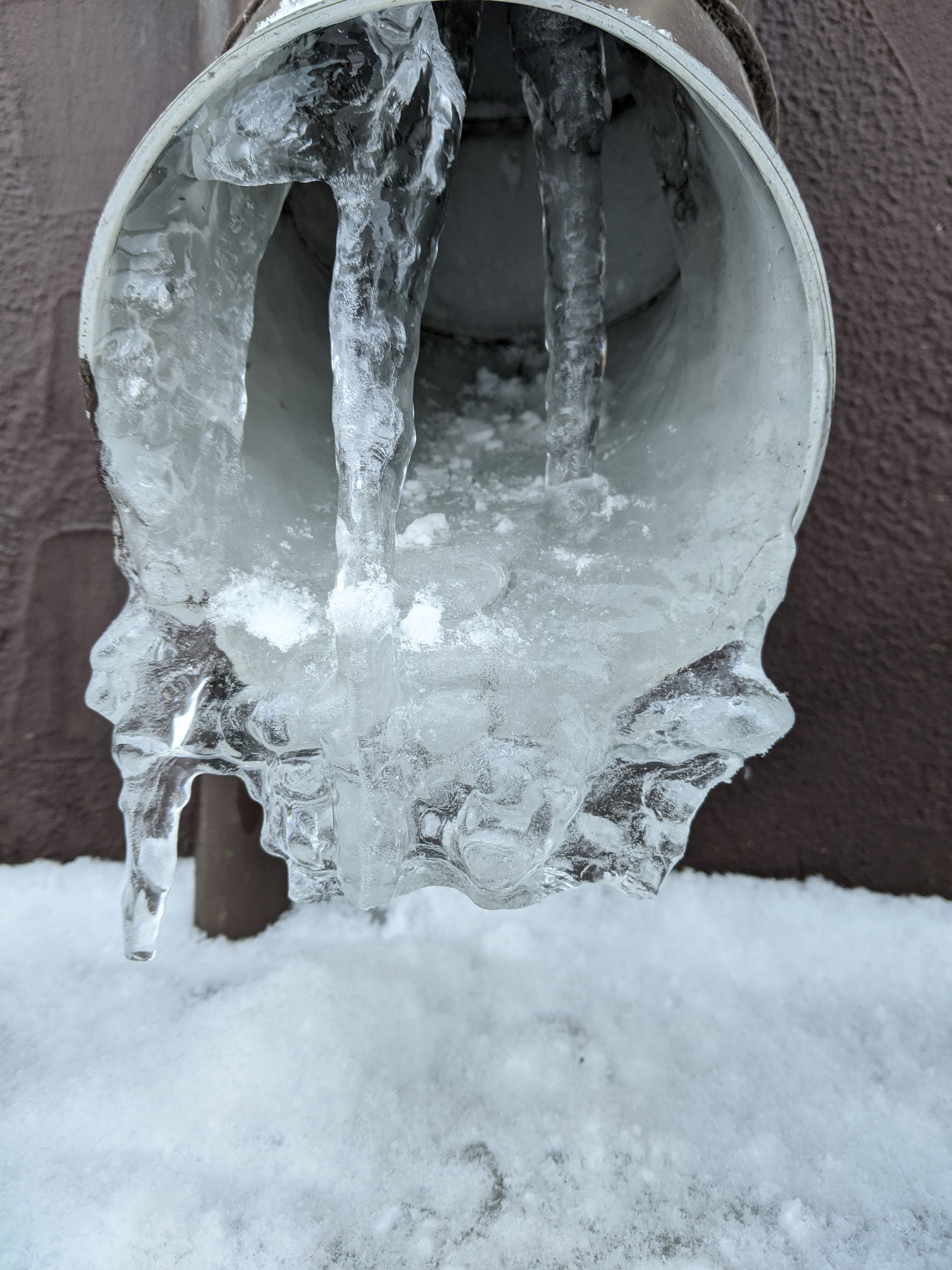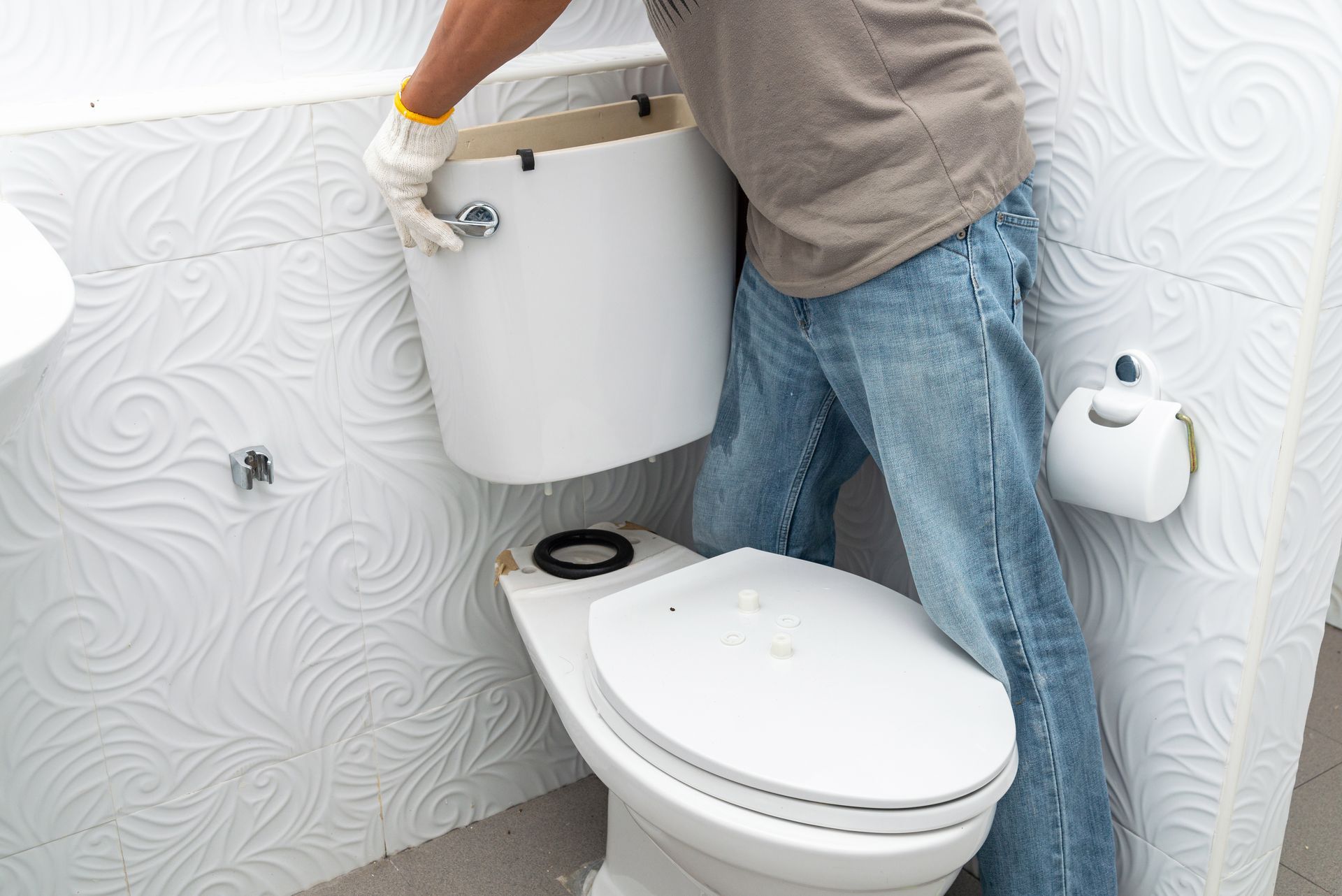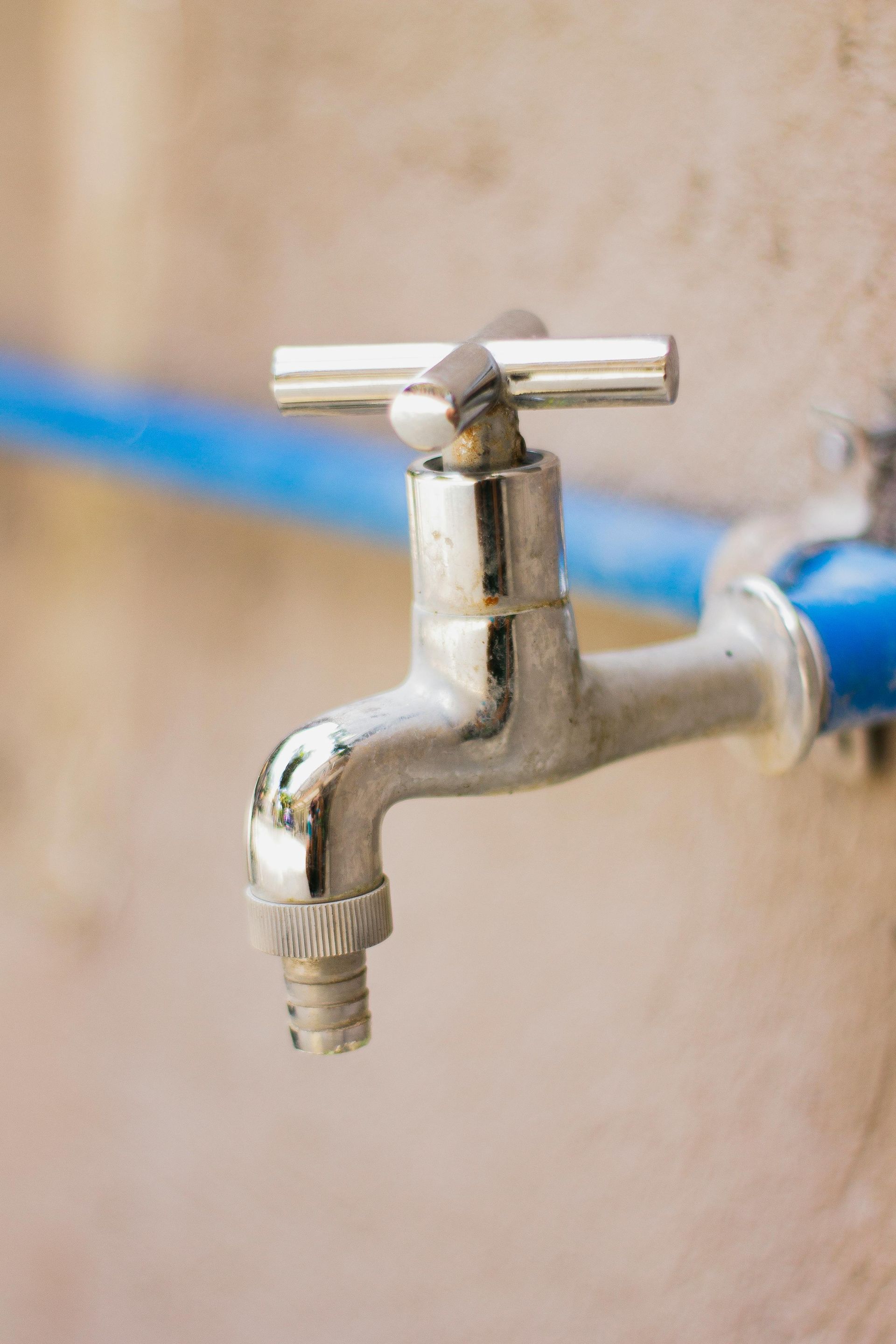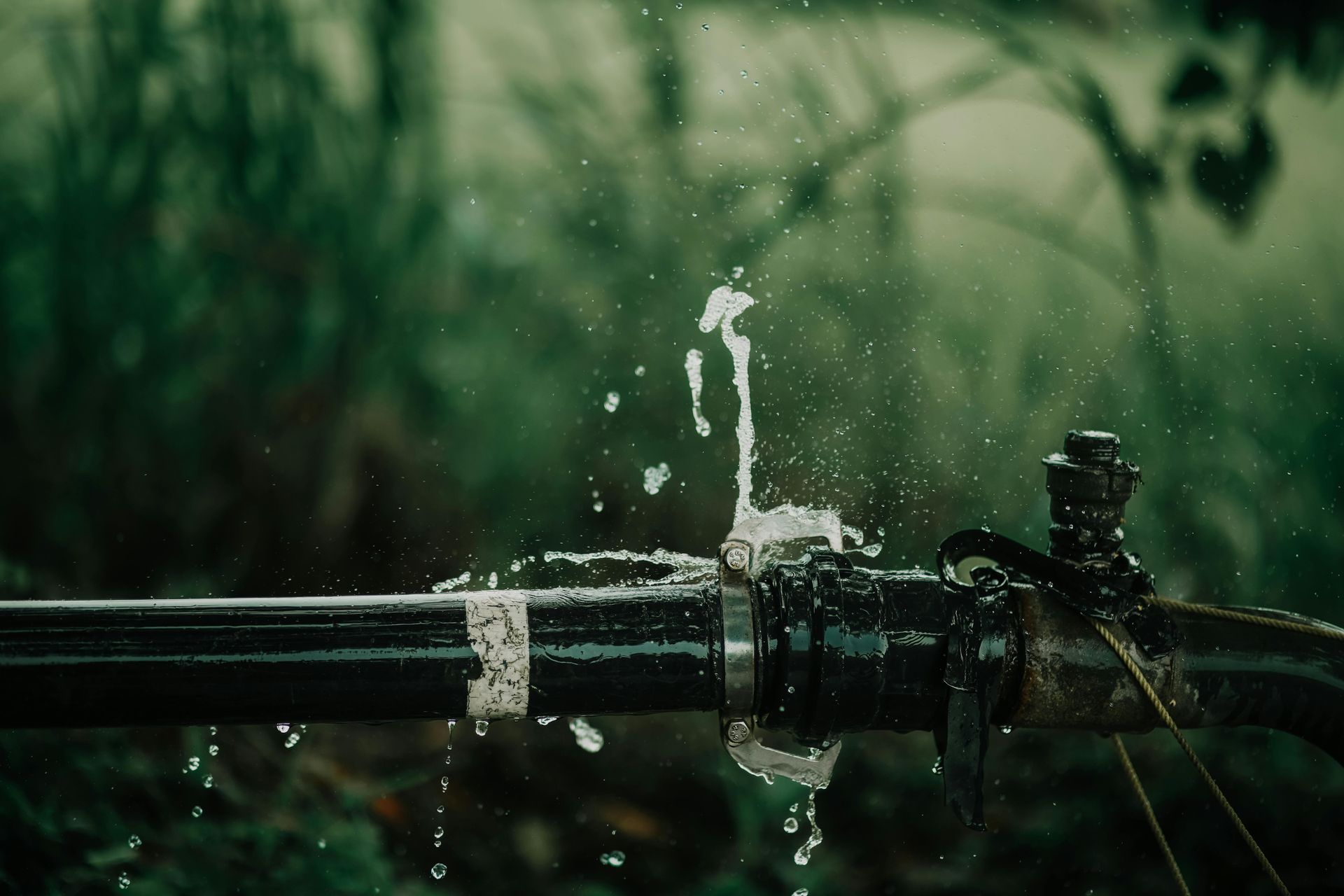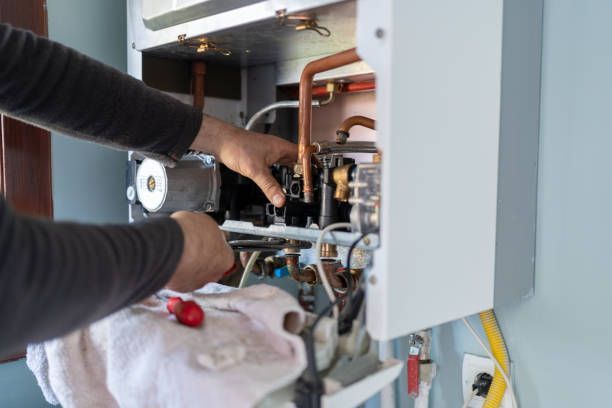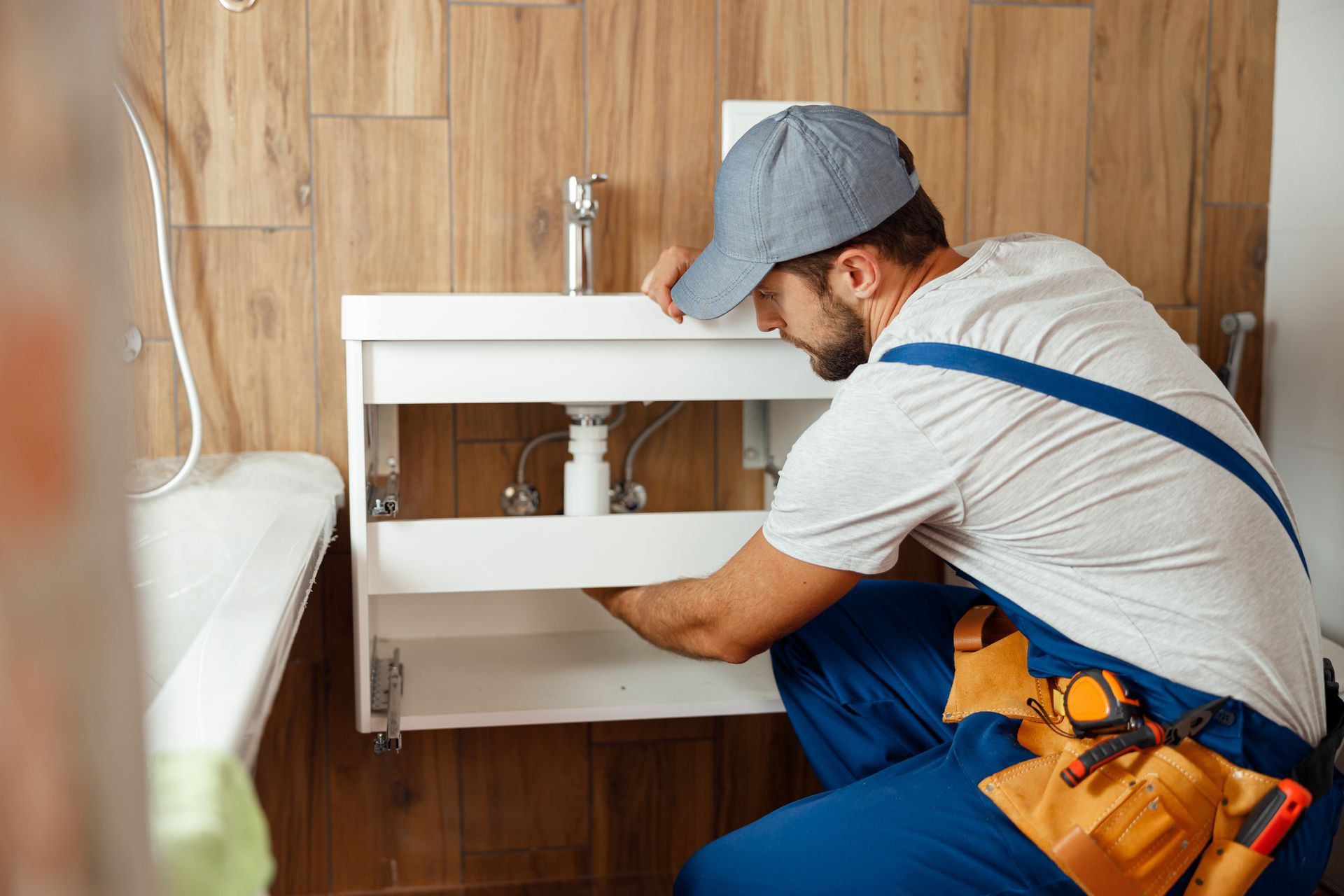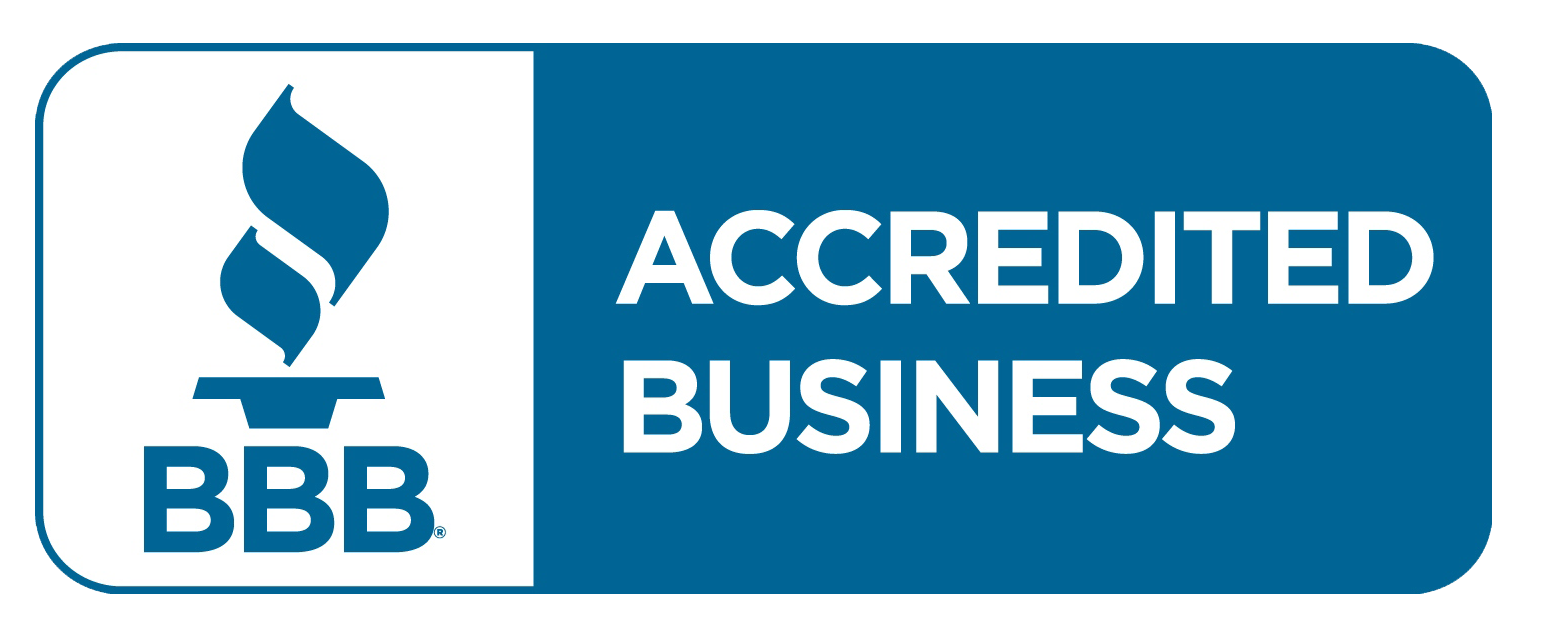Plumbing Troubles and DIY Fixes in Madison, IN: A Guide By Triple J Plumbing LLC
Plumbing issues are an inevitable part of homeownership. Whether it's a leaky faucet, a clogged drain, or a running toilet, these problems can be both frustrating and costly if not addressed promptly. Fortunately, many common plumbing problems can be fixed with a bit of know-how and the right tools. In this blog post, we'll explore some of the most frequent plumbing issues homeowners face and provide step-by-step DIY solutions to tackle them. Of course, some problems require professional expertise, and that's where
Triple J Plumbing LLC in Madison, IN, comes in. We’re here to help with all your plumbing needs, big or small.
Nature's Symphony
1. Leaky Faucets: The Drip That Drives You Crazy
A dripping faucet is more than just an annoyance; it can also waste a significant amount of water over time. In fact, a faucet that drips once per second can waste over 3,000 gallons of water per year! Fortunately, fixing a leaky faucet is usually a straightforward task that requires only a few tools.
DIY Solution: How to Fix a Leaky Faucet
- Turn off the water supply: Before you begin, turn off the water supply to the faucet. You’ll typically find the shutoff valves under the sink. Turn the handle clockwise to close it.
- Remove the faucet handle: Remove the handle using a screwdriver. Depending on the type of faucet, you may need to pry off a decorative cap first.
- Take out the cartridge or washer: Once the handle is removed, you’ll see the inner workings of the faucet. The part you need to replace is either a cartridge (for cartridge faucets) or a washer (for compression faucets).
- Replace the faulty part: Take the old cartridge or washer to the hardware store to ensure you get the correct replacement. Once you have the new part, install it in the reverse order of how you removed the old one.
- Reassemble the faucet and turn on the water: Reattach the handle, turn the water supply back on, and test the faucet. The drip should be gone!
2. Clogged Drains: A Slow-Moving Nightmare
A clogged drain is another common plumbing problem that can cause headaches for homeowners. Whether it's in the kitchen sink, bathroom sink, or shower, a clogged drain can disrupt your daily routine. Luckily, there are several DIY methods to clear a clogged drain without calling a plumber.
DIY Solution: How to Unclog a Drain
- Try boiling water: Sometimes, a clog is caused by grease or soap scum buildup. Pouring a kettle of boiling water down the drain can melt and wash away the blockage.
- Use a plunger: A plunger isn’t just for toilets! Place the plunger over the drain, making sure it’s submerged in water. Push and pull the plunger in quick, firm motions to create suction. After a few tries, the clog may dislodge.
- Use a plumbing snake: If the plunger doesn’t work, a plumbing snake (also called an auger) may be needed. Insert the drain snake and rotate the handle to clear the blockage. Continue turning until you feel it pass through the obstruction.
- Try baking soda and vinegar: For a natural solution, pour 1/2 cup of baking soda followed by 1/2 cup of vinegar down the drain. Plug the drain, let the mixture sit for 15 minutes, and then flush with hot water.
3. Running Toilets: Flushing Money Down the Drain
A running toilet is more than just an annoyance—it can also lead to a significant increase in your water bill. The most common cause of a running toilet is a faulty flapper valve, which can often be easily replaced.
DIY Solution: How to Fix a Running Toilet
- Check the flapper valve: Open the toilet tank and locate the flapper valve at the bottom. If it’s not sealing properly, water will keep leaking into the bowl.
- Test the flapper: Push down on the flapper with a stick or your finger. If the toilet stops running after you replace the flapper, that was likely the problem.
- Replace the flapper: Turn off the water supply to the toilet, flush it to drain the tank, and remove the old flapper. Take it to the store to ensure you get the correct replacement. Install the new flapper as directed by the manufacturer.
- Adjust the chain and float: If the toilet continues to run after replacing the flapper, check the chain connecting the flapper to the flush lever. It should have about 1/2 inch of slack. Also, ensure the float is at the correct level—if it’s too high, water will continue to fill the tank.
4. Low Water Pressure: When Your Shower Turns into a Trickle
Low water pressure can make simple tasks like washing dishes or taking a shower frustratingly slow. This issue is often caused by mineral buildup in your pipes or fixtures, or it could be a sign of a more serious plumbing problem.
DIY Solution: How to Improve Water Pressure
- Clean the faucet aerator: Unscrew the aerator from the end of the faucet and soak it in vinegar overnight to dissolve mineral deposits. Rinse it thoroughly before reattaching it.
- Check the showerhead: If your shower is suffering from low pressure, remove the showerhead and soak it in vinegar to clear out any mineral buildup.
- Inspect the water pressure regulator: If cleaning doesn’t help, the issue could be with the water pressure regulator. This is a bit more complicated and might require professional assistance.
- Look for leaks: Low water pressure can also be caused by leaks in your plumbing system. Check under sinks, around the water heater, and in your basement for any signs of water damage.
5. Water Heater Problems: When the Hot Water Runs Cold
There's nothing worse than stepping into a shower expecting hot water, only to be greeted by a cold surprise. Water heater issues are among the most inconvenient plumbing problems, but some of them can be resolved with DIY troubleshooting.
DIY Solution: How to Address Water Heater Issues
- Check the thermostat: If the water isn’t getting hot enough, the thermostat on your water heater might be set too low. Adjust it to 120 degrees Fahrenheit and wait to see if the water temperature improves.
- Inspect the pilot light: For gas water heaters, make sure the pilot light is lit. If it’s out, follow the manufacturer’s instructions to relight it safely.
- Drain the tank: Sediment buildup in the tank can cause your water heater to run inefficiently. Drain the tank by attaching a garden hose to the drain valve at the bottom and letting the water flow into a bucket until it runs clear.
- Check for leaks: Look around the base of the water heater for any signs of leakage. If you find a leak, it’s best to call a professional.
Contact Triple J Plumbing LLC for Expert Plumbing Services
While DIY solutions can be a lifesaver for minor plumbing issues, some problems are best left to the professionals. At
Triple J Plumbing LLC, we offer reliable, expert plumbing services in Madison, IN, and the surrounding areas. Whether you're dealing with a stubborn clog, a leaky pipe, or a malfunctioning water heater, our experienced plumbers are here to help. We offer professional
residential
and
commercial plumbing repair,
water treatment, and
water heater repair. Don’t let plumbing problems disrupt your life—give us a call at
(812) 748-6760 to schedule an appointment today!
Frequently Asked Questions (FAQs)
How do I know if my plumbing issue is serious enough to call a plumber?
If you’ve tried basic DIY solutions and the problem persists, or if you’re dealing with issues like burst pipes, major leaks, or sewage backups, it’s time to call a professional. Triple J Plumbing LLC can assess the situation and provide the necessary repairs.
Why is my water bill suddenly so high?
A sudden spike in your water bill could indicate a hidden leak, such as a running toilet or a leaking pipe. Check your home for signs of water damage, or contact Triple J Plumbing LLC for a thorough inspection.
Is it okay to use chemical drain cleaners to unclog drains?
While chemical drain cleaners can work, they can also harm your pipes over time. We recommend using a plunger, plumbing snake, or natural methods like baking soda and vinegar first. If you can't fix the clog yourself, it's time to call a plumber.
How can I prevent clogs in my drains?
To prevent clogs, avoid pouring grease down the drain, use a drain screen to catch hair and food particles, and regularly flush your drains with hot water.
What should I do if I have no hot water?
If you have no hot water, check the thermostat and pilot light on your water heater. If everything seems in order and you’re still without hot water, there may be a more serious issue at play, and it’s best to call Triple J Plumbing LLC.
